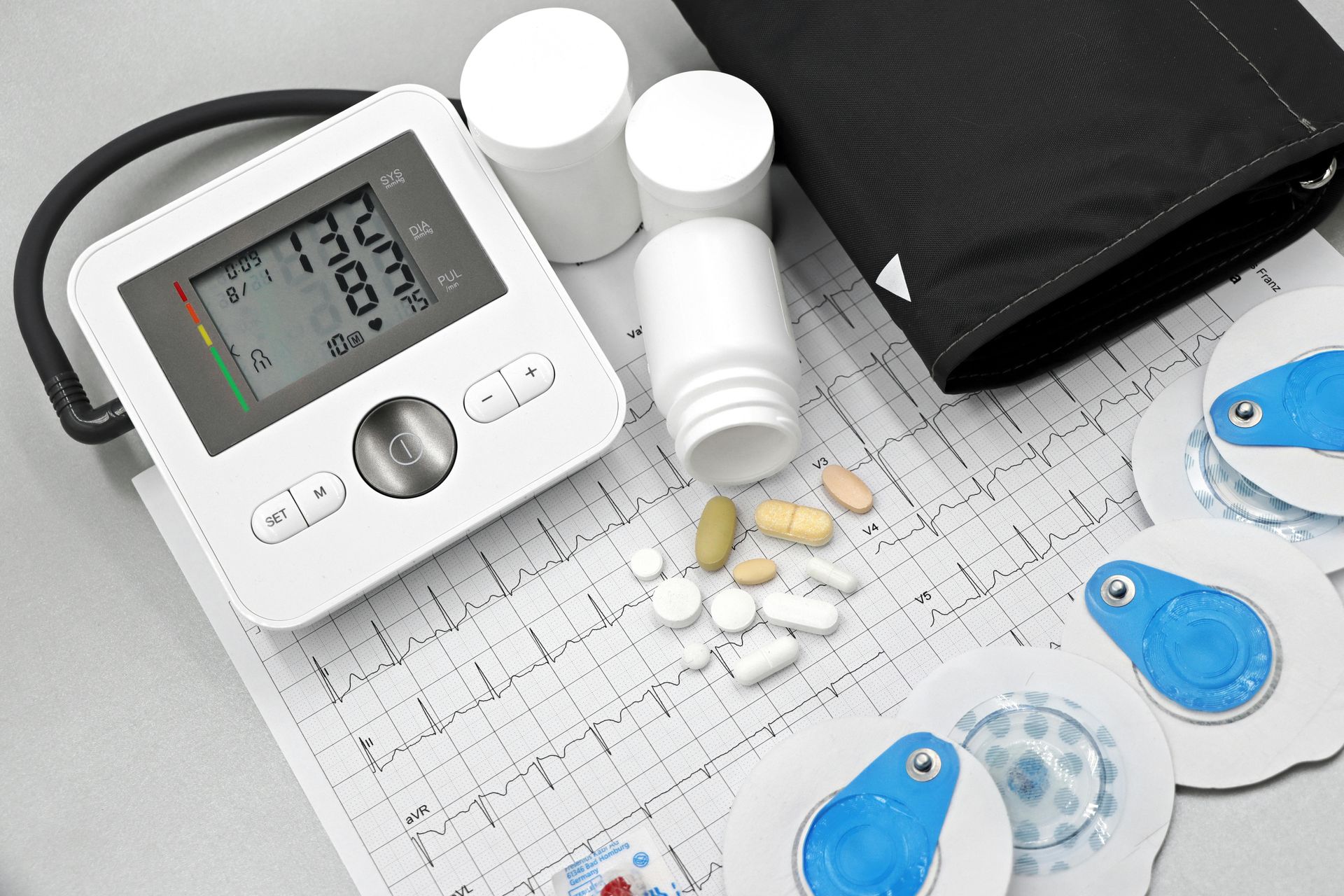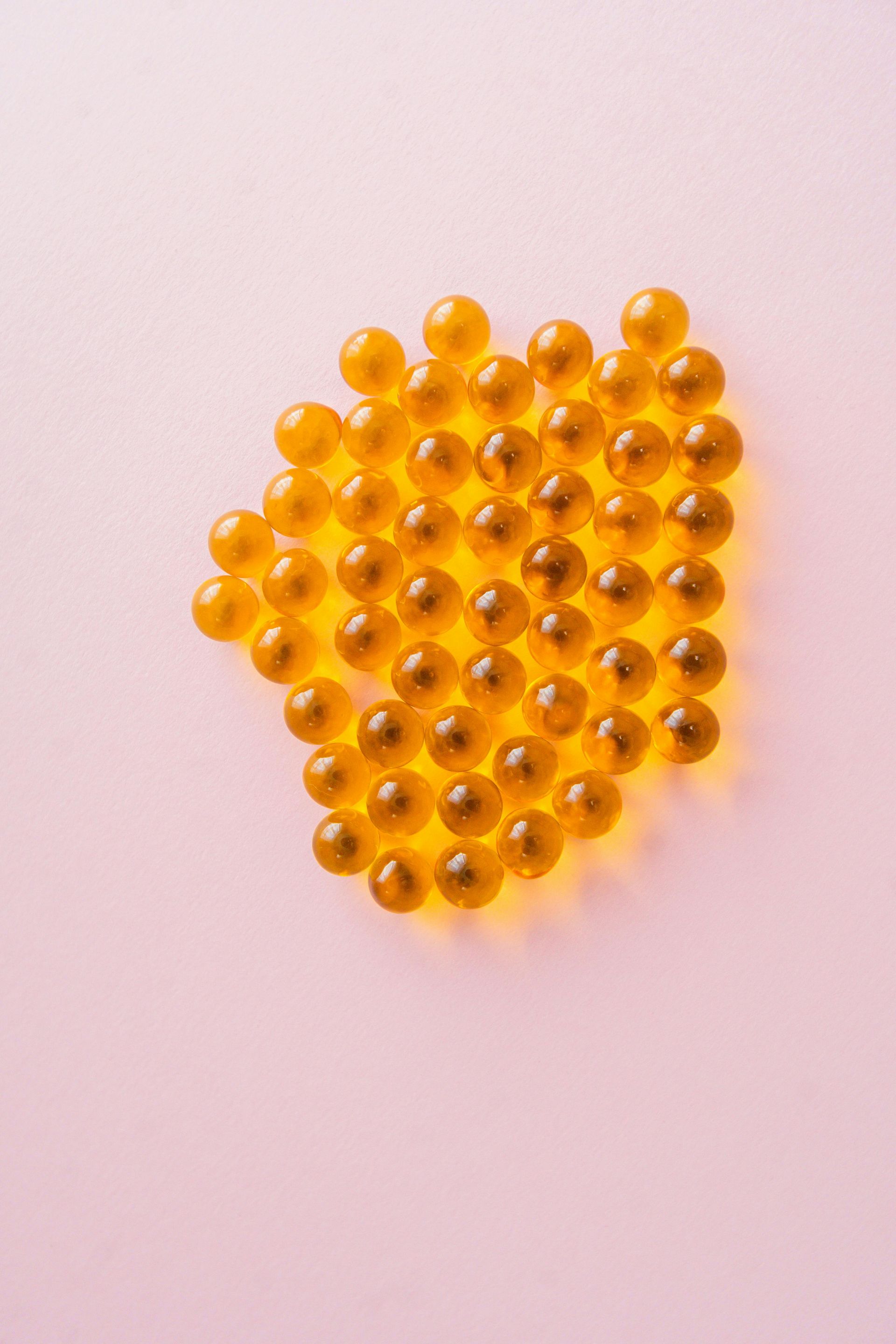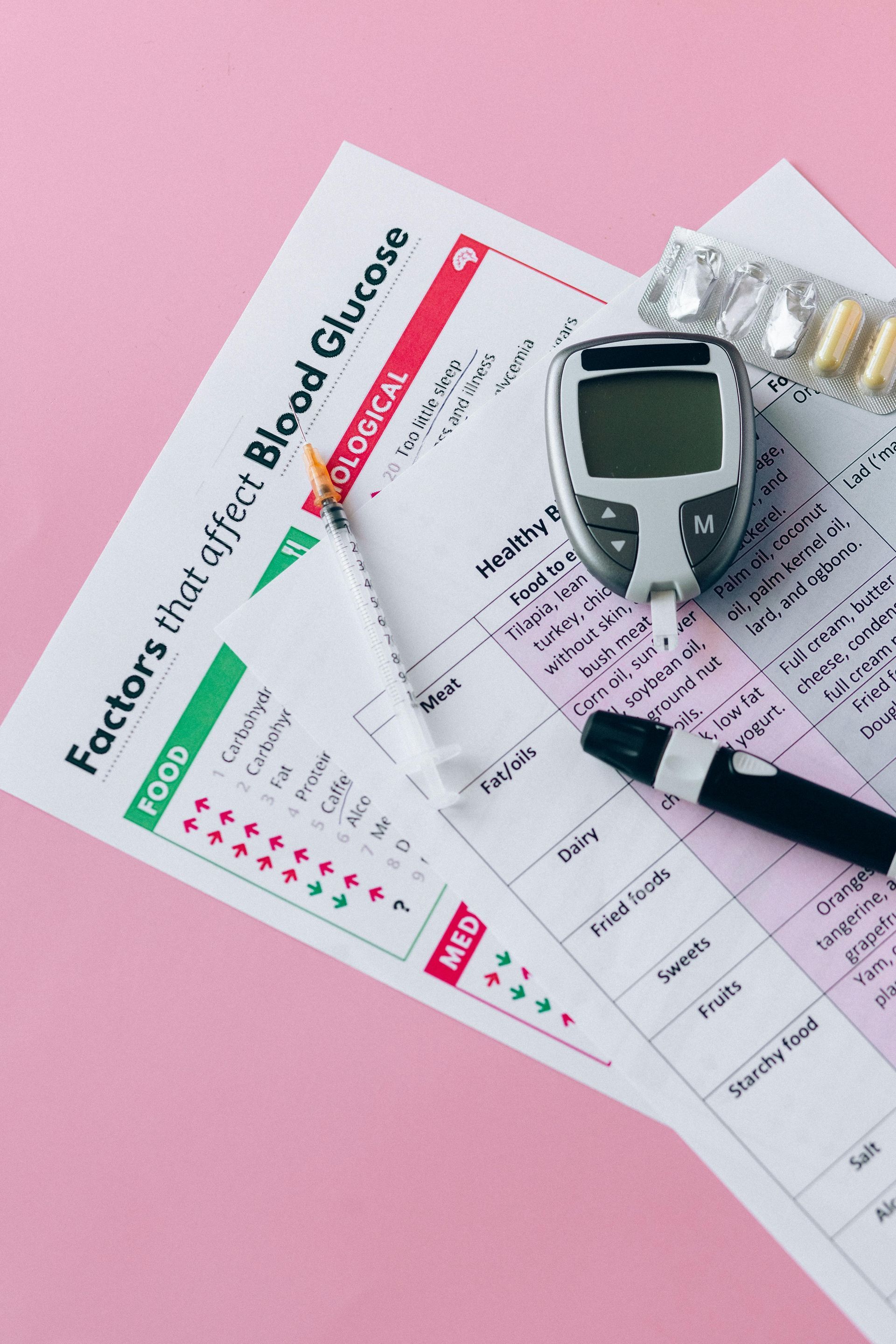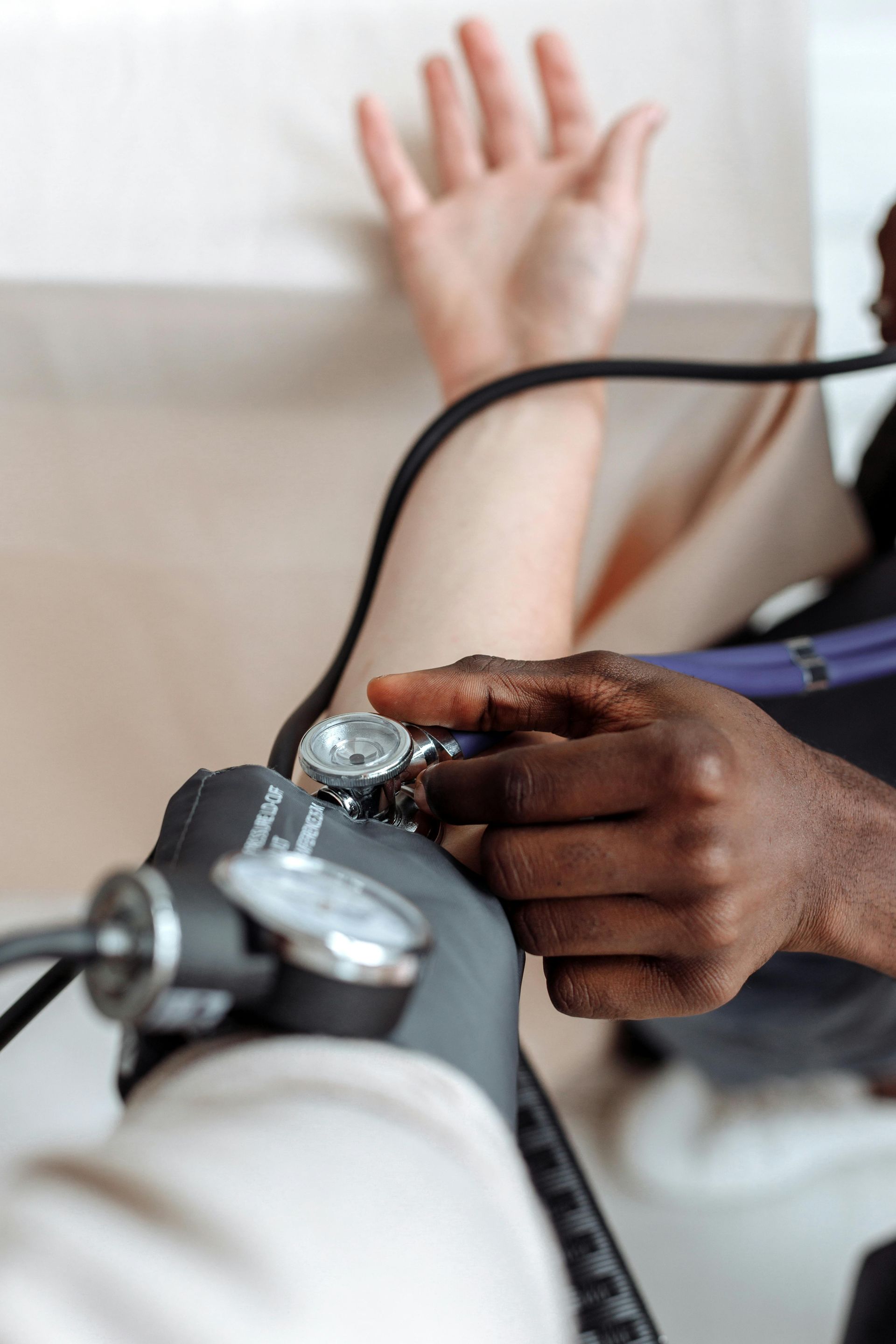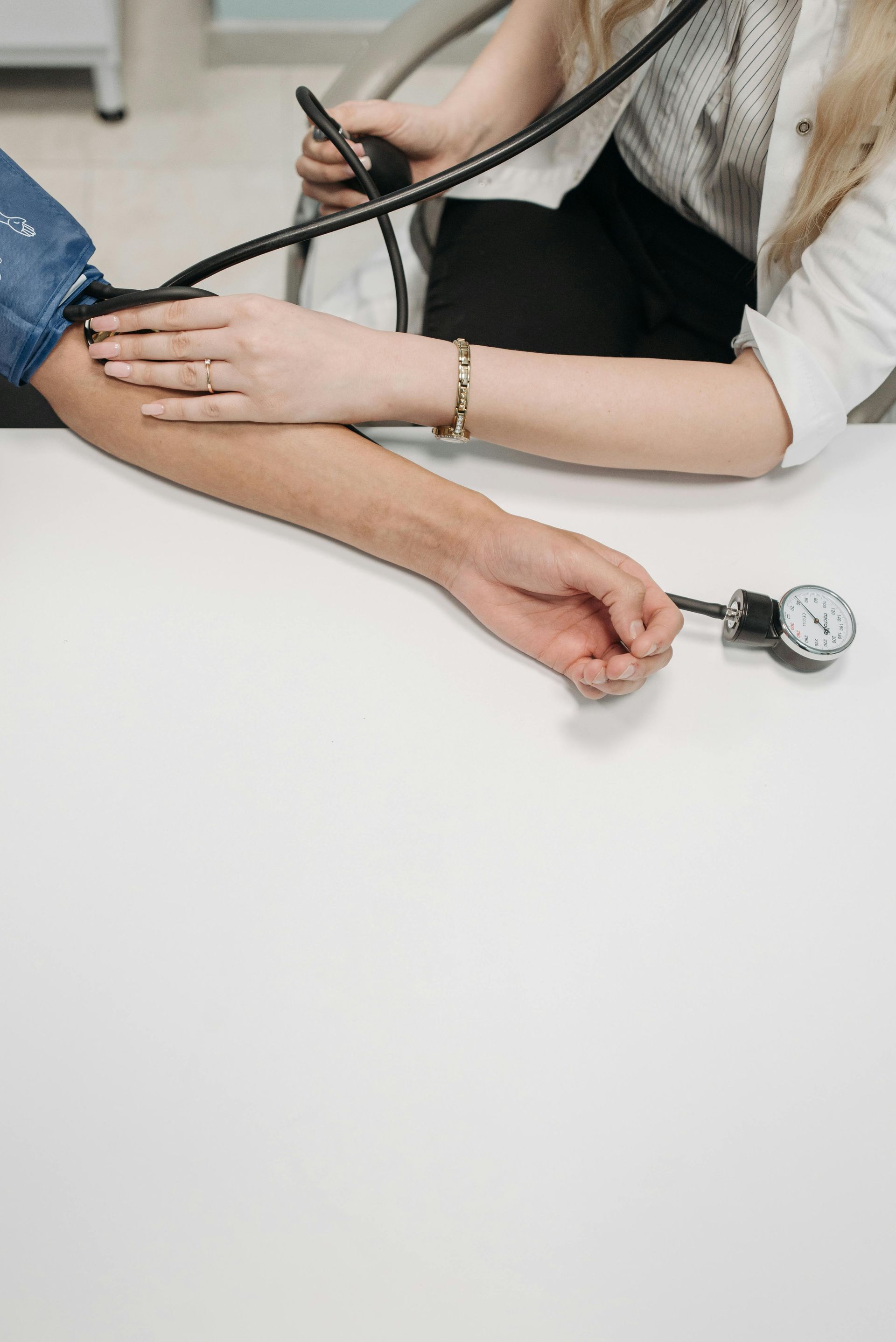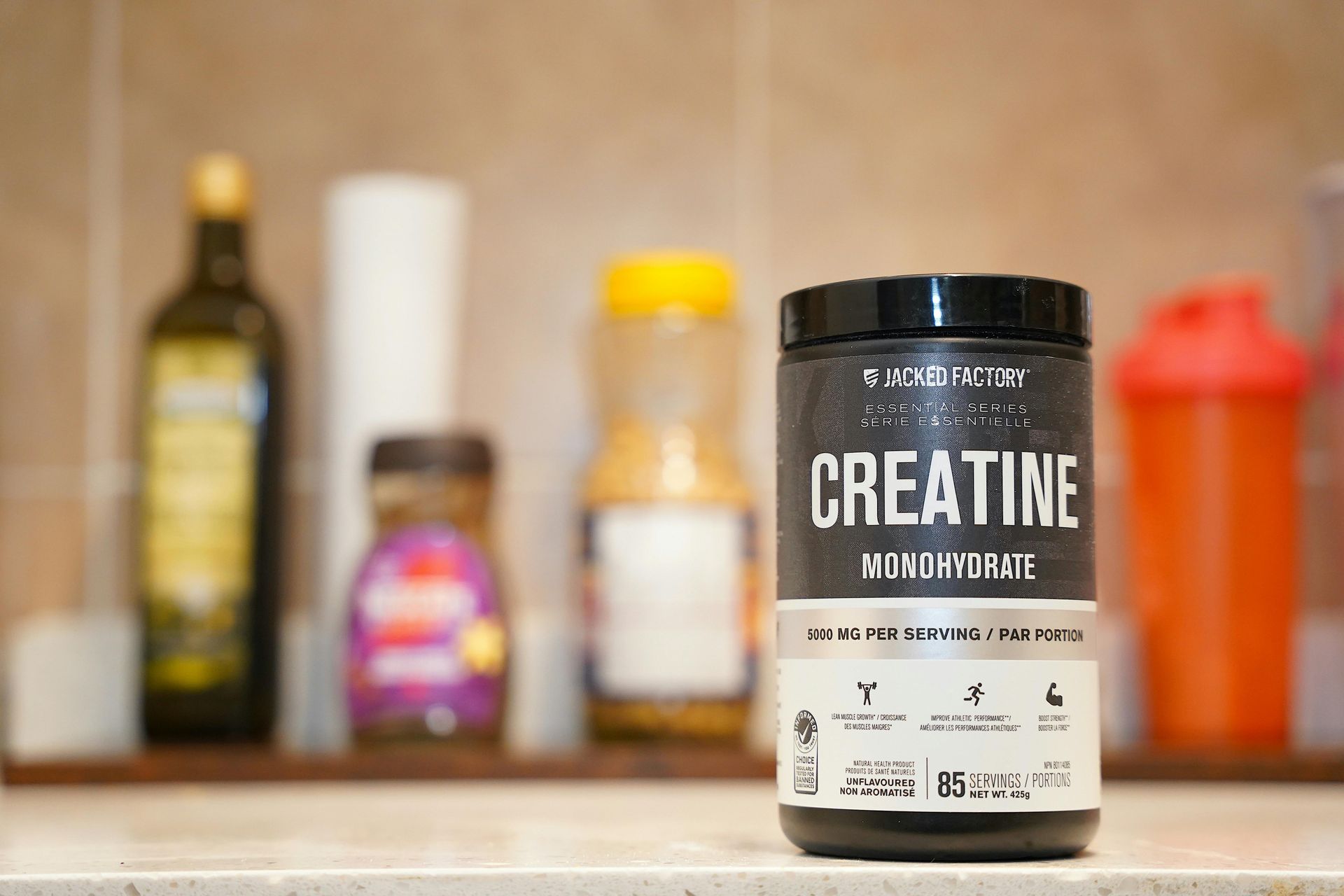Mohamad-Ali Salloum is a Pharmacist and science writer. He loves simplifying science to the general public and healthcare students through words and illustrations. When he's not working, you can usually find him in the gym, reading a book, or learning a new skill.
Understanding Sickle Cell Disease, Pathophysiology, and Its Treatments
Mohamad-Ali Salloum, PharmD • July 12, 2024
Share
Pathophysiology and Molecular Biology
- Hydroxyurea: This medication increases the production of fetal hemoglobin (HbF), a type of hemoglobin that does not sickle. By increasing HbF levels, hydroxyurea reduces the frequency of pain crises and the need for blood transfusions. For example, a patient taking hydroxyurea may experience fewer episodes of severe pain compared to someone not on the medication.
- Blood Transfusions: Regular blood transfusions can help reduce the risk of stroke and other complications by increasing the number of normal red blood cells in circulation. For instance, a child with a high risk of stroke may receive monthly blood transfusions to lower this risk.
- Pain Management: Pain crises are a common and debilitating symptom of SCD. Pain management strategies include over-the-counter pain relievers like ibuprofen, prescription opioids, and non-pharmacological methods such as heating pads and hydration. For example, a patient experiencing a pain crisis might use a combination of ibuprofen and a heating pad to alleviate pain.
- Bone Marrow Transplant: This is currently the only potential cure for SCD. It involves replacing the patient’s bone marrow with healthy marrow from a compatible donor. However, this procedure carries significant risks and is not suitable for all patients. For instance, a young patient with a severe form of SCD might undergo a bone marrow transplant if a suitable donor is found.
- Gene Therapy: This approach aims to correct the genetic mutation responsible for SCD. One method involves using a virus to deliver a normal copy of the HBB gene to the patient’s bone marrow cells. For example, a patient undergoing gene therapy might have their bone marrow cells modified to produce normal hemoglobin, potentially curing the disease.
- CRISPR-Cas9: This gene-editing technology can precisely target and modify specific genes. Researchers are exploring its use to correct the sickle cell mutation or to increase the production of fetal hemoglobin. For instance, a patient treated with CRISPR-Cas9 might have their genes edited to produce more HbF, reducing the severity of their symptoms.
- Voxelotor: This medication works by increasing the affinity of hemoglobin for oxygen, preventing the polymerization of HbS and the sickling of red blood cells. For example, a patient taking voxelotor might experience fewer vaso-occlusive crises compared to someone not on the medication.
- L-glutamine: This amino acid supplement has been shown to reduce the frequency of pain crises in patients with SCD. For instance, a patient taking L-glutamine might have fewer hospitalizations due to pain crises.
Comparison of Treatment Mechanisms
- Hydroxyurea: This medication increases the production of fetal hemoglobin (HbF), which does not sickle. By increasing HbF levels, hydroxyurea reduces the frequency of pain crises and the need for blood transfusions. For example, a patient taking hydroxyurea may experience fewer episodes of severe pain compared to someone not on the medication.
- Voxelotor: This medication works by increasing the affinity of hemoglobin for oxygen, preventing the polymerization of HbS and the sickling of red blood cells. For example, a patient taking voxelotor might experience fewer vaso-occlusive crises compared to someone not on the medication.
Resources:
- Mayo Clinic. Sickle cell anemia - Symptoms & causes: https://www.mayoclinic.org/diseases-conditions/sickle-cell-anemia/symptoms-causes/syc-20355876.
- Cleveland Clinic. Sickle Cell Disease (SCD): Types, Symptoms & Causes: https://my.clevelandclinic.org/health/diseases/12100-sickle-cell-disease
- Johns Hopkins Medicine. Sickle Cell Disease: https://www.hopkinsmedicine.org/health/conditions-and-diseases/sickle-cell-disease
- CDC. About Sickle Cell Disease: https://www.cdc.gov/sickle-cell/about/index.html
- NHLBI, NIH. Sickle Cell Disease - Causes and Risk Factors: https://www.nhlbi.nih.gov/health/sickle-cell-disease/causes
- Oxford Academic. Sickle-Cell Anemia Hemoglobin: The Molecular Biology of the First: https://academic.oup.com/genetics/article/167/1/1/6050610
- Blood Advances. Metabolomic and molecular insights into sickle cell disease and innovative therapies: https://ashpublications.org/bloodadvances/article/3/8/1347/260127/Metabolomic-and-molecular-insights-into-sickle
- Science News Explores. Explainer: What is sickle cell disease?: https://www.snexplores.org/article/explainer-what-is-sickle-cell-disease
- NHS. Sickle cell disease - Diagnosis: https://www.nhs.uk/conditions/sickle-cell-disease/diagnosis/
- Springer. Pathophysiology and recent therapeutic insights of sickle cell disease: https://link.springer.com/article/10.1007/s00277-020-03977-9
- Drugs.com. How does Endari work to treat sickle cell disease?: https://www.drugs.com/medical-answers/endari-work-treat-sickle-cell-disease-3323440/
List of Services
ABOUT THE AUTHOR
Mohamad-Ali Salloum, PharmD
Share
Recent articles:
















